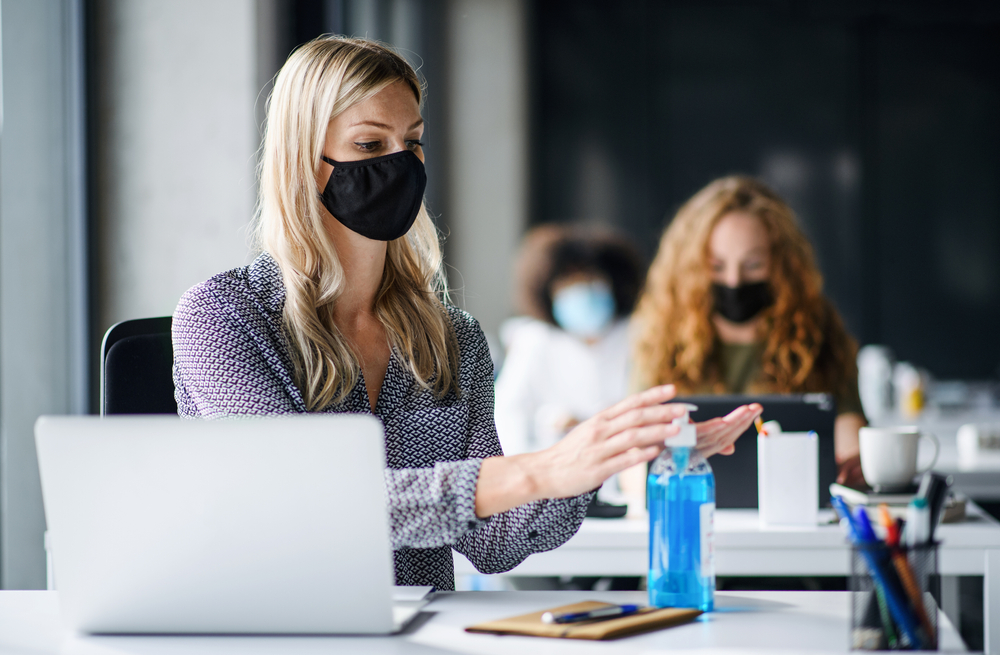Work from home (WFH) is the norm now but not all of us have a designated desk at home to create a separate workspace. Given that, the pandemic, homeschooling of family members, and even virtual social interactions, we are living a lifestyle that is always ‘ON’ – work and personal life are pretty blurred. Says this article, “In France, the always-on lifestyle is referred to as “info-obesity,” and is considered so grave that the country outlawed sending emails outside work hours.” The rest of us might need to follow suit! But what’s going to happen when we start getting back to the workplace?
Fancy George, a workplace architect says that, “Some of my clients are prepared to stick to WFH till December 2021. Post-COVID, many of them are visualizing a scenario where 80% of their workforce will be working from office, and the rest from home. The numbers will vary depending on the nature of work.”
Here are some other trends to take note of:
- Reduced workspaces and offices. With the financial pinch of the pandemic, in a bid to reduce overheads, companies are doing away with real-estate spaces, furniture, stationery, and even the electrical appliances needed to run a workspace. Some are selling it, some are giving it away to employees so they can have a better WFH set-up. Studies show that on an average, employers can save $11,000 per employee per year, if people continue to WFH. The upside of it – companies will reduce their carbon footprint, and hence comply better with environmental laws.
- Staggered return to the office. Depending on the job and the function, companies could now offer a mix of remote working and being in office. The technical term for this – degree of remote realization, where employees could come to office on alternate days of alternate weeks that are designated to them, for collaboration purposes. “There’s an element of social interaction that’s really important,” says Laszlo Bock, the CEO of Humu. We are more collaborative and empathetic when we engage with people. It is far more challenging to activate such skills through virtual water-cooler conversations.
- Increased focus on hygiene and health. Stating the obvious, workplaces now need to be redesigned to account for health and safety norms – social distancing, temperature checks, creating areas for gathering but minimizing contact, contact tracing for active cases, etc. This could mean limiting seating in office cafes and partitions between desks. Companies are also looking at ‘hot desk’ practices given lesser availability of real estate. This means, with a staggered, shift-based return to office, employees may end up sharing the same desk. At the end of each use, each employee has to clean up their desk, and it’ll be sanitized for the next person.
If you are curious about how to reopen your office, here is a Six Step Safety guide by Cushman and Wakefield, and more on the ‘6 Feet Office’ project. Good luck with going back to your office, of course, stay safe.








